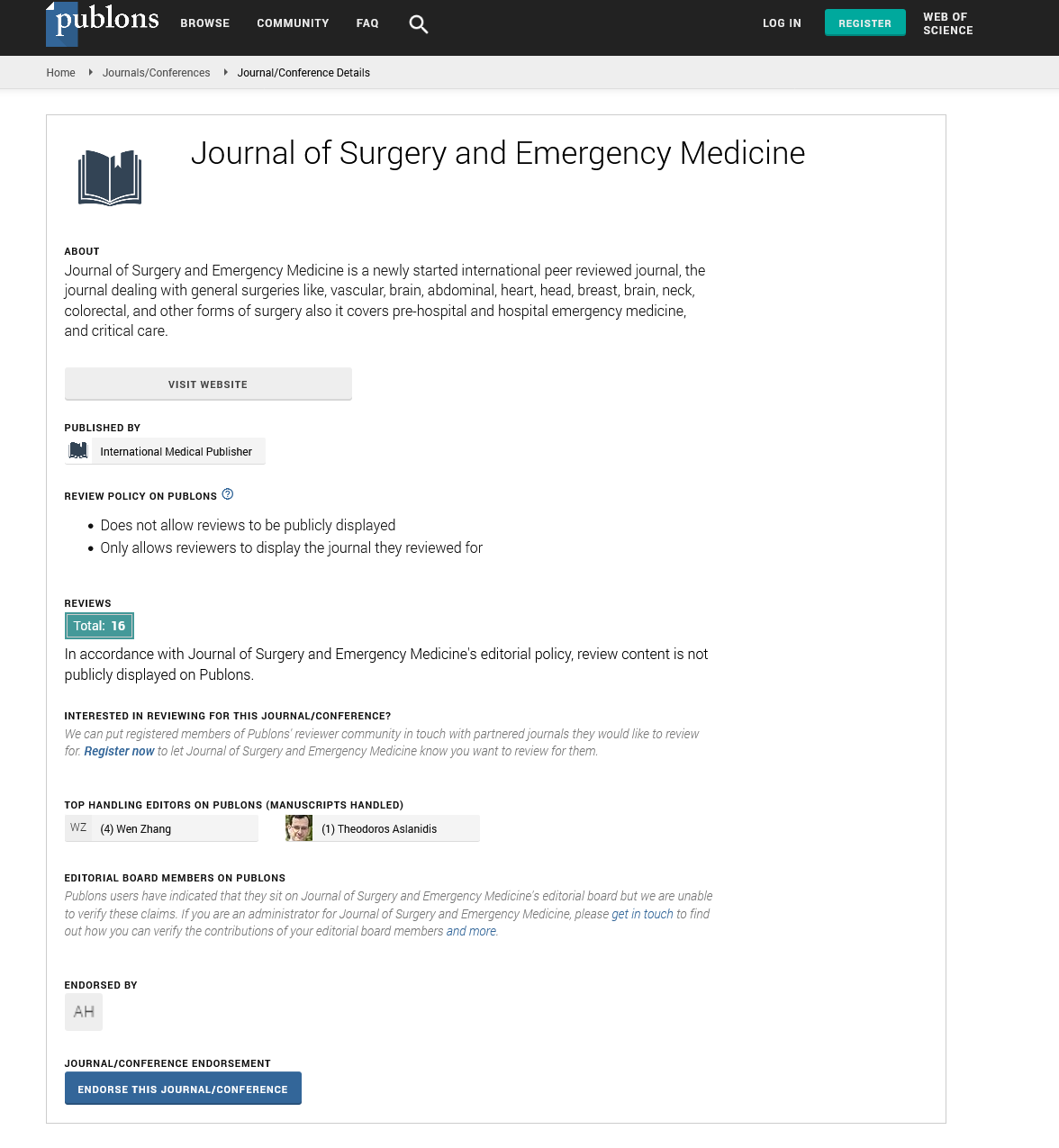Abstract
The bespoke 'hybrid virtual fracture clinic' during the COVID-19 pandemic: a paradigm shift?
Introduction: The Covid-19 pandemic necessitated a change in the manner outpatient fracture clinics are conducted due to the need to reduce footfall in hospital. While studies regarding virtual fracture clinics have shown these to be useful and effective, they focus exclusively on remote consultations. However, our service was bespoke to the patient – either a face-to-face or telephone consultation depending on patient need – a ‘hybrid virtual clinic (HVC).’ We report patient satisfaction and outcomes with this novel service.
Methods: We analyzed patient experience of HVFC on Orthopedic patients in fracture clinic. During the first 2 weeks of lockdown, participating patients had hybrid virtual consultations during the COVID-19 pandemic. Patient experience was assessed using the net promoter (NPS), customer effort (CES) and customer satisfaction scores (CSS), and their likelihood of using the HVC in the absence of a pandemic. Patient outcomes were assessed using the components of the EQ5D score.
Results: Of 269 possible patients, 140 patients responded to the questionnaire. The mean overall NPS, CES and CSS (on a scale of 1-10) were 7.27, 7.25 and 7.37 respectively. The mean likelihood of patients using the HVFC in the absence of a pandemic was 6.5/10. 93 (66.43%) patients who had ‘hybrid’ consultations showed better effort scores and greater overall satisfaction than those with virtual consultations only, and also reported superior EQ5D outcomes (mean 79.27 vs 72.7). Patients who did not require surgery reported increased satisfaction (mean 7.51 vs 7.08) and were more likely to use the HVFC in the absence of a pandemic.
Conclusion: Our study indicates that a bespoke HVFC has good overall patient satisfaction and outcomes, and is a better format of fracture clinic service than virtual consultations alone. It may be the preferred mode for fracture clinics in similar situations in the future. Further analysis needs to be conducted in order to explore the impact on resources and clinician experience of HVFC in order to appreciate this new paradigm shift.
Author(s): Anirudh Sharma
Abstract | PDF
Share This Article
Google Scholar citation report
Citations : 131
Journal of Surgery and Emergency Medicine received 131 citations as per Google Scholar report
Journal of Surgery and Emergency Medicine peer review process verified at publons
Abstracted/Indexed in
- Google Scholar
- Publons
Open Access Journals
- Aquaculture & Veterinary Science
- Chemistry & Chemical Sciences
- Clinical Sciences
- Engineering
- General Science
- Genetics & Molecular Biology
- Health Care & Nursing
- Immunology & Microbiology
- Materials Science
- Mathematics & Physics
- Medical Sciences
- Neurology & Psychiatry
- Oncology & Cancer Science
- Pharmaceutical Sciences
